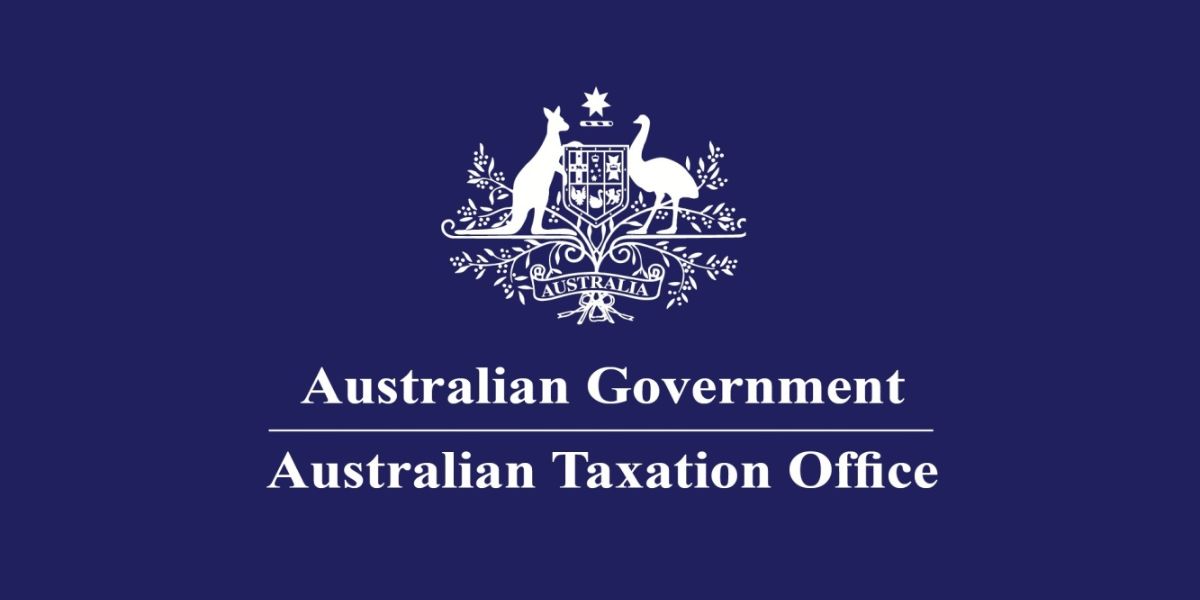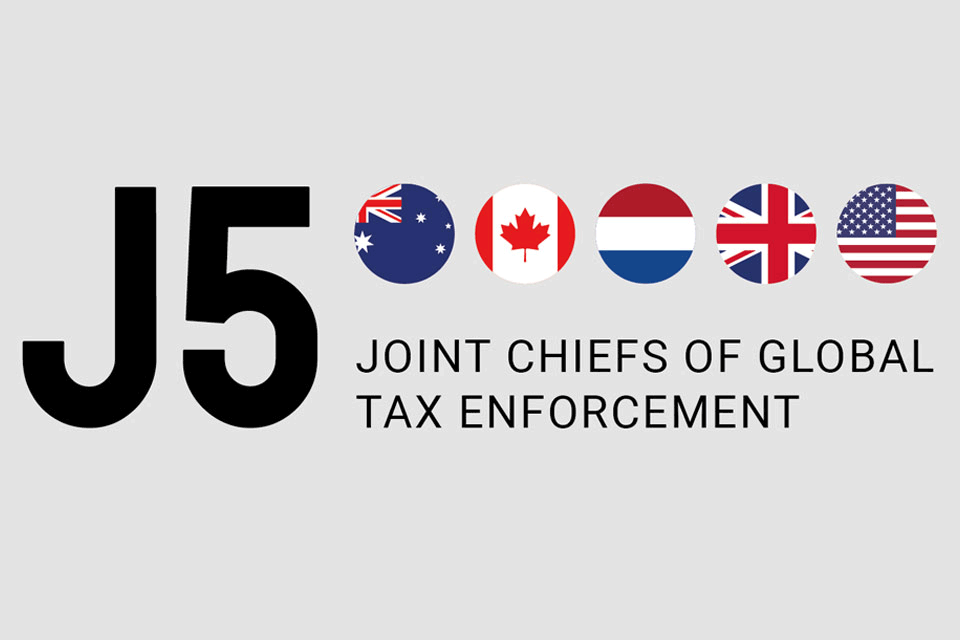Changes to the lower corporate tax rate are now law. This means the definition of a base rate entity has changed by replacing the ‘carrying on a business’ requirement with a passive income test.
From the 2017–18 income year, a corporation will be a base rate entity, and eligible for the 27.5% lower corporate tax rate, if:
- 80% or less of their assessable income is base rate entity passive income (such as, interest, dividends or rent)
- they have an aggregated turnover below the $25 million turnover threshold (this increased to $50 million from 2018–19).
Franking credits
The change may also affect imputation calculations. If the tax payer issued distributions from their company using the incorrect corporate tax rate for imputation purposes, they should tell their shareholders the correct dividend and franking credit amounts as soon as possible. They can do this in a letter, email or by issuing an amended distribution statement.
Guidance
ATO have developed a draft law companion ruling, LCR 2018/D7 Base rate entities and base rate entity passive income to provide guidance on:
- the calculation of base rate entity passive income
- which amounts of assessable income are base rate entity passive income
- the imputation consequences of the lower corporate tax rate.














